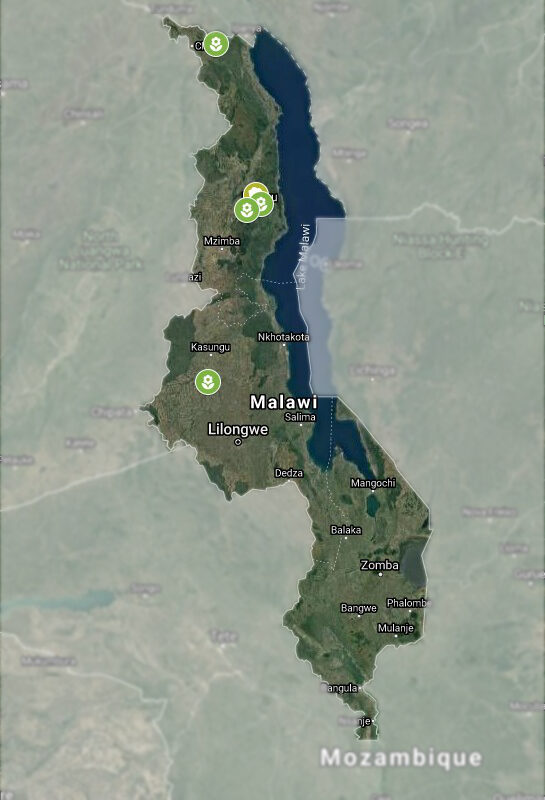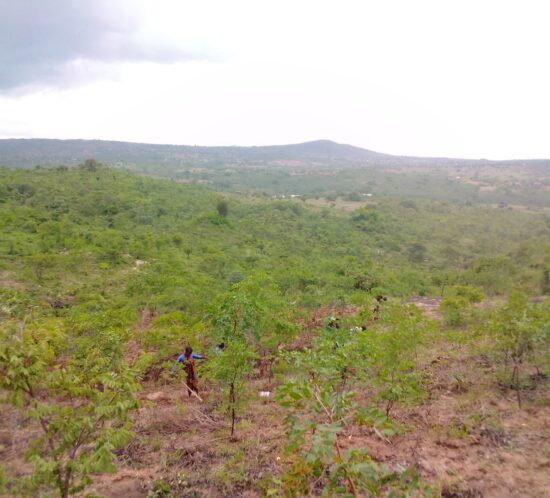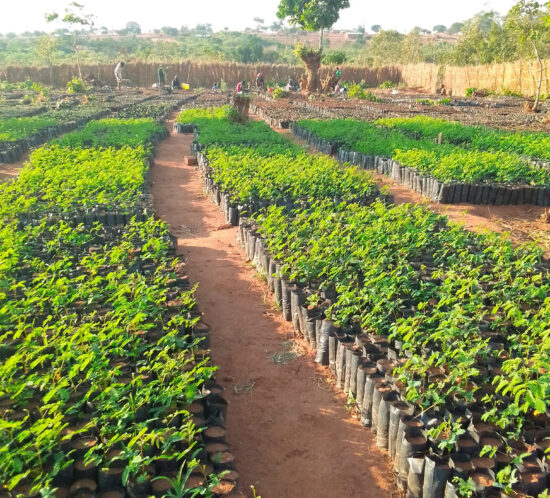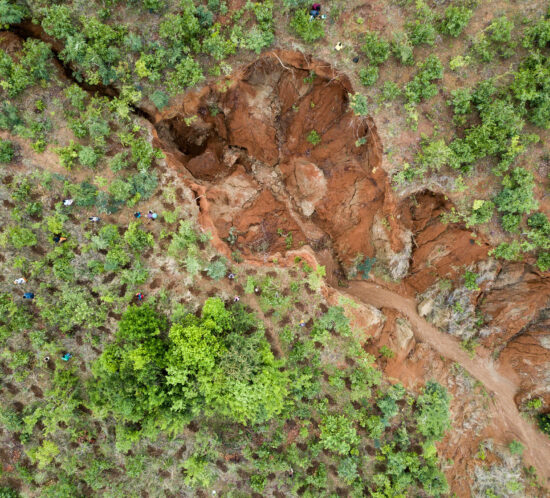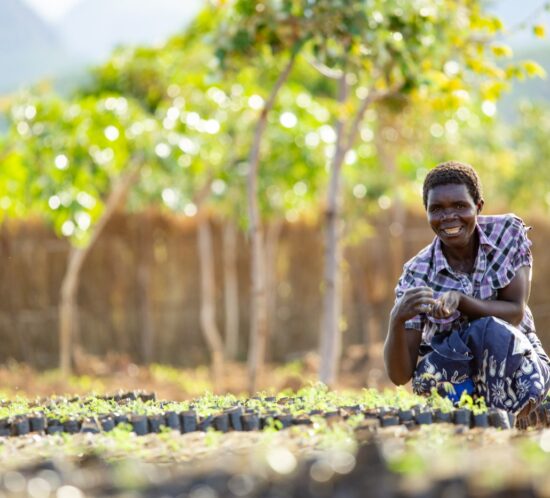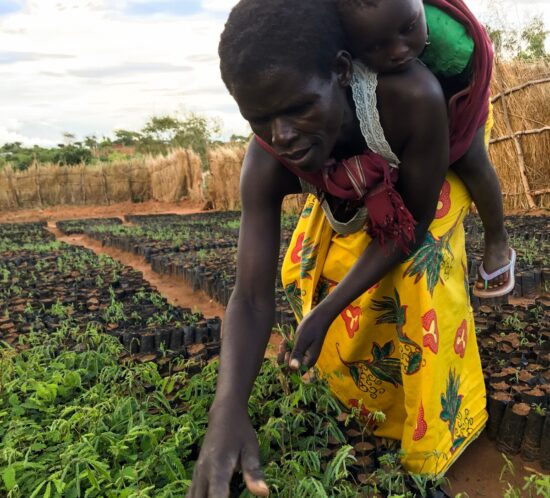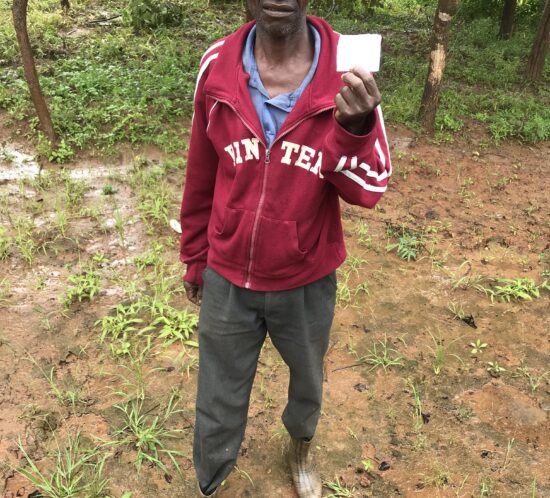For the 2022-2023 planting season…
Once again, Wells for Zoë actively involved numerous communities in the planting of seedlings cultivated in their nearby nurseries. The selection of land for planting was left to the communities, allowing them to choose areas within their locality.
We did this with many new communities at new sites in Enyezini with new funding from the Priceless Planet Coalition (PPC) from MasterCard through Conservation International & the World Resources Institute. We had continued support from One Tree Planted in another area. Donors from the Plant for the Planet / Trillion Tree Campaign website and directly from our website also helped fund various planting and the associated Land Restoration efforts which increased greatly in all areas with a great focus on Soil Erosion Control.
We continued in rewarding community members by distributing fruit tree seedlings cultivated at the WfZ Organic Sustainable farm in Lusangazi, near Mzuzu. Offering payment for participation in the Land Restoration work provided crucial financial support for the involved communities. This approach not only proved successful but also allowed us to generate millions of seedlings in the now multiple nurseries established in many of their localities. Additionally, the well-being of the communities involved was further enhanced through direct support across various Wells for Zoë projects, including pump installations, preschool assistance, Preschool & Nursery Food Gardens, Girl Child Student Education support, improved clay-built stoves construction, Health Care Clinics, and Self Help Groups. The comprehensive efforts, coupled with community-based education on Land Restoration, resulted in the most successful community engagement achievement to date.




